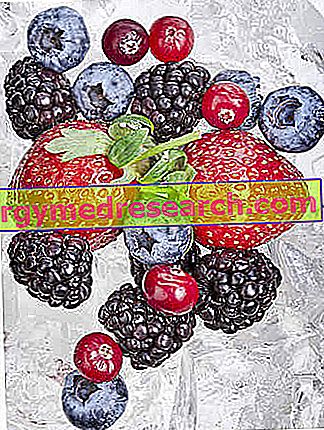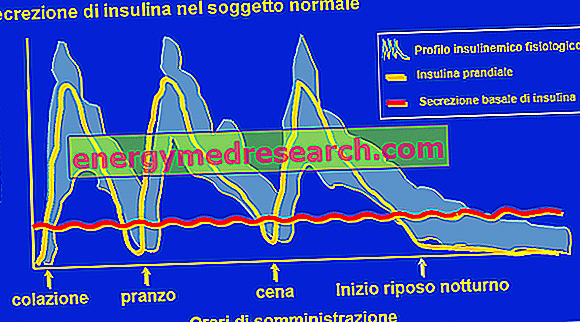Storage Times of Frozen Foods
Most of the foods, whether raw or cooked, can be frozen without them suffering large nutritional and organoleptic losses. Some foods, such as lean meat, are particularly suitable for storage at low temperatures, others need special care instead.
The factors that mostly affect the shelf life of frozen foods include above all the percentage of fat and water. The more these elements are abundant, the greater the alterations undergone by the food.
| Salads and some types of vegetables | Lettuce, tomatoes and cucumbers, due to their high water content, cannot be frozen, except to expect an inevitable collapse, with obvious loss of palatability |
| Potatoes and other vegetables | They give a good yield only if pre-cooked, let cool under running water and drain |
| Smoked and sliced foods | Freezing leads to the inevitable loss of consistency, fragrance and the typical taste conferred by smoking. |
| Meat and fish | Their shelf life depends on the amount of fat they contain; if this percentage is high they become rancid quickly and are more easily perishable. This feature explains, for example, why supermarkets apply special offers on the sale of fatty fish, such as salmon, mackerel, herring and eel. A separate discussion should be made for pork, which, even if lean, cannot be frozen for long. |
| Crustaceans and molluscs | Having a very low percentage of fat they adapt very well to freezing. |
| eggs | They can be frozen only if broken, separating the egg white from the yolk |
| Cheeses | If hard paste (Parmesan and Grana Padano cheese) they lose their compactness and become brittle. In these cases it is better to freeze them grated and in small quantities. |
| Pasta and rice | Together with mayonnaise and other egg-based creams or sauces, pasta and rice fall into the category of non-frozen foods |
Some advices
- Thoroughly clean the food, eliminating excess fat, bones, bones and various waste. This will make it possible to shorten the times of freezing, reducing energy costs and preserving the characteristics of the product.

- In any case, water, air, steam, grease and acid impermeable bags must always be used, able to protect food from drying and frost, avoiding premature fat rancidity and the transmission of odors . Before proceeding with their sealing it is advisable to eliminate as much air as possible.
- Good results can also be obtained using special trays, equipped with hermetic closure and resistant to involuntary tears that can affect the foil or polyethylene bags.
- Cooked foods should be left to cool, possibly covered, before being placed in the freezer.
- Storing food as neatly as possible prevents unnecessary empty spaces from forming inside the freezer.
- To each bag apply a label that specifies the type of food contained, the quantity, the date of packaging and, if you are not familiar with the average storage times, the date by which it is good to consume the product.
- Always opt for a quick freeze, activating this function four hours before storing the food and leaving it active for another 4. If present, use the pre-freeze compartment. In any case, follow the instructions given in the appliance user's manual.
- If the freezer forms ice inside it, it should be defrosted at least once a year.




